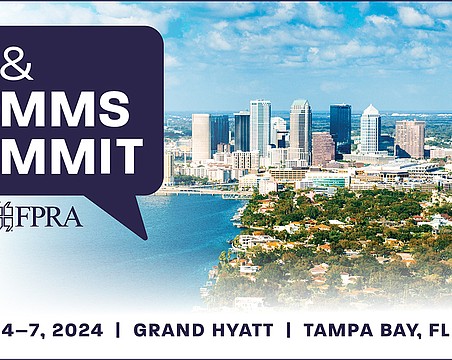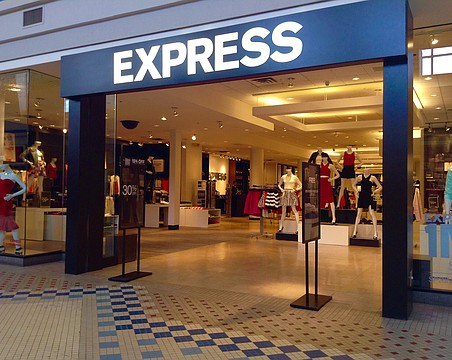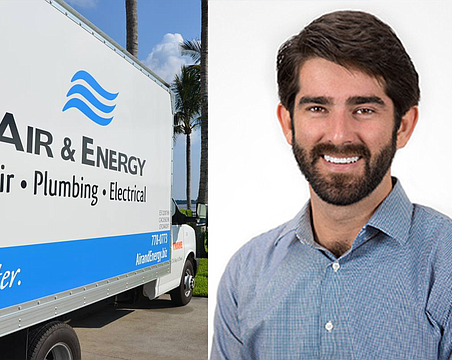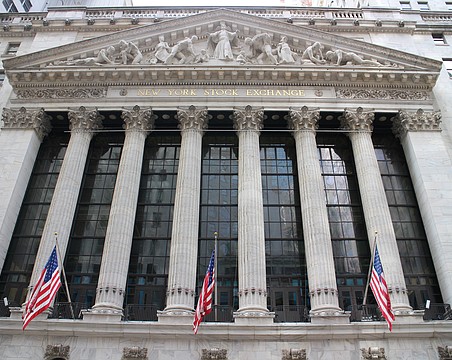Gang Green
HOME BUILDING by Sean Roth | Real Estate Editor
When Schroeder-Manatee Ranch Inc. wanted all of its new communities in Lakewood Ranch built to meet local standards for so-called green building, it wanted the best in the business. Its search led it to Steven Winter, a leader of the green-building/energy-efficiency movement. Building a home green is basically using a type of construction that emphasizes the use of environmentally friendly and sustainable products.
Winter was chairman of the U.S. Green Building Council for four years and during that time it established standards for new commercial buildings. He is also the head of a Norwalk, Conn.-based specialty engineering and architecture firm that bears his name; he says he plans to open an office soon in the Sarasota area.
In 2002, he was named a "Hero of the Planet" by Professional Builder Magazine for his work in energy conservation.
The Review spoke with Winter recently. He was in Sarasota to present the keynote speech at a Sustainable Communities Workshop. The speech was titled: "Zero Energy: the Target for Homes and Communities."
Is green building going to last or will it become just another fad?
I think it has legs. You know, the energy conservation issue only had temporary legs. As soon as people came to grips with higher energy prices, the concept of energy efficiency got less popular.
But green building has real legs, because it's becoming ingrained in our psyches. [Our kids] come home from school knowing and learning about saving the environment, not killing animals and not cutting down trees. They're going to force you into doing it until it gets ingrained.
If builders want to take the first steps into green building what would you suggest?
See what's happening elsewhere. Some parts of Florida are greener than others. From what I've seen, Sarasota appears to have many more green initiatives than others. Look and see what has worked for other builders. Then I suppose doing market research and tipping their toe in water gingerly.
Which groups (builders or consumers) are most resistant to green building?
It's a chicken-and-the-egg situation. Builders think homebuyers don't want green so they don't build it green. At the same time, consumers say 'Green? We didn't know it was available.' The government has always been at the forefront encouraging energy efficiency and green building.
Each is moving forward little by little. The standards are getting more stringent. Consumers are getting more aware. And the builders are providing more green buildings.
How were you introduced to the concept of green building?
A lot of the people who are green building advocates came to it from being energy conversation advocates and that's the way we did. I'm an architect by training and our company includes architects and engineers. We've always been in the advanced building science business, which means building buildings better in all sorts of different ways. The last 10 years or so that has morphed to include green building.
What's the future of the green-building movement?
The whole notion of green buildings is part of our movement as human beings to live in a sustainable world. We eat healthy foods. I see more of that in the future.
So in the future, I think that green building will not even be called green building. Everyone will 'get it' and the only way to build buildings will be to have them be green. It will just be called a good building or a well-designed building, which just happens to be better for the planet. It will be part of design, construction, operations and so on. It will be part of building codes and architectural training and therefore mainstream.
What new building products are you most excited about?
Nanotechnology. Little microscopically thin materials and products that have interesting performance aspects. That is something maybe we will get into more and more. Super-skinny and super-light [materials.] We may end up with coatings on our windows that have remarkable characteristics in strength [and transparency].
What country is grasping it first?
The U.S. is slower to get it than other countries. Europe very much gets it. Mainland Europe, the Germans, the Dutch and others have always been at the forefront of things like not wasting resources.
There are so few places to dump garbage in Europe and there are relatively fewer natural materials.
So they've always been [good] in the way they use and conserve and in the ways they dispose of waste. In some countries it's mandated.
Of course, the Third World is the last to get it. Because they are so poor they can't afford to have efficient and green practices.





